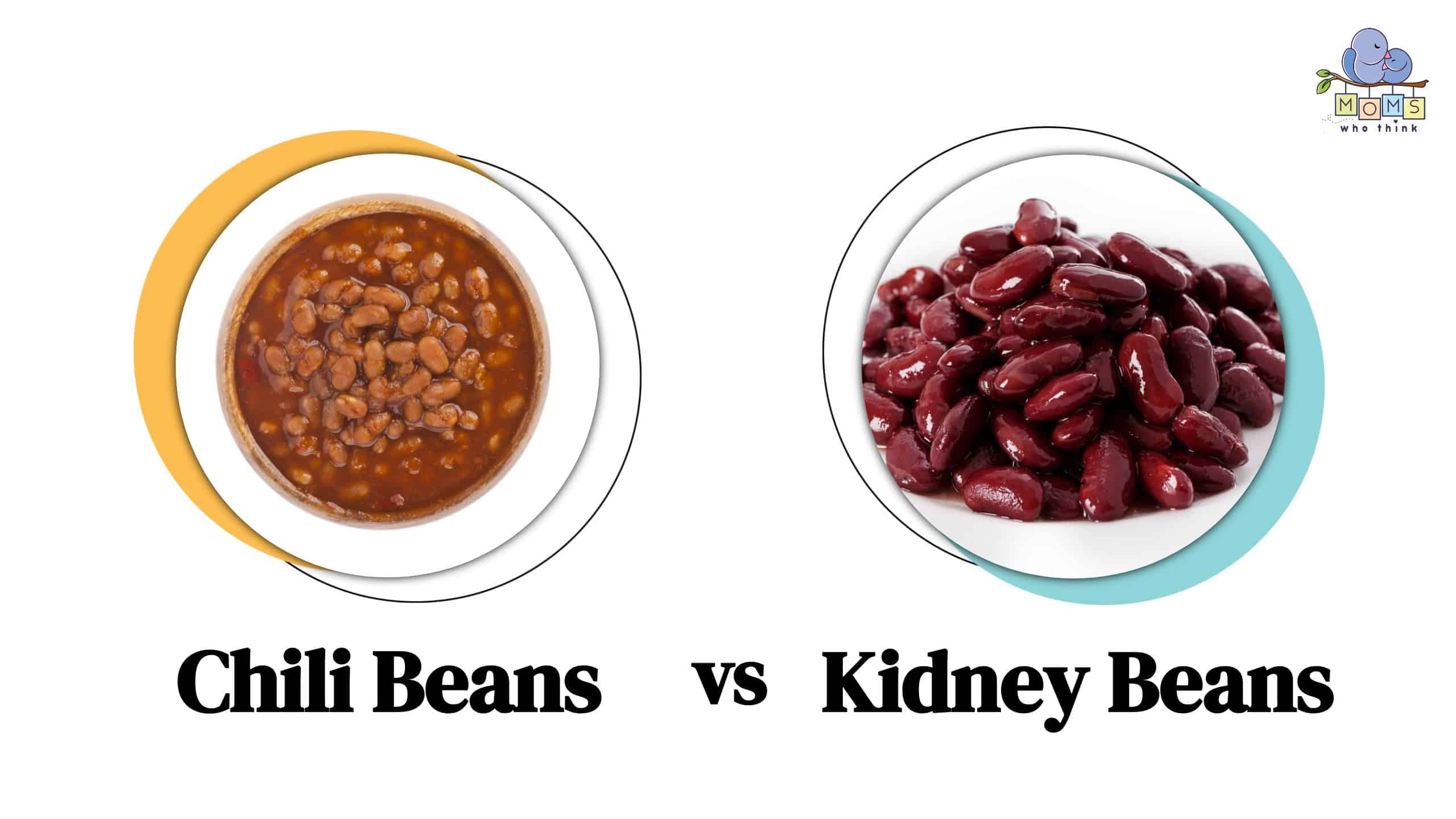Have you ever come across chili beans and kidney beans in your local grocery store and wondered what makes them different when they seem so identical? While these two beans may look similar, they have distinct differences in taste, texture, and appearance.
In this post, we'll take a closer look at both chili beans and kidney beans, plus explore a few tasty substitutes you can use if you're in a pinch or if you're simply looking to try something different.
Whether you're a seasoned cook or a novice in the kitchen, this guide will help you choose the perfect bean to use with your next meal.
Chili Beans vs. Kidney Beans: What Is the Difference?
Many confuse chili beans and kidney beans with one another because they are interchangeable in many recipes. However, these two beans differ widely in texture, flavor, and appearance. They are also packaged and prepared differently.
What Are Chili Beans?
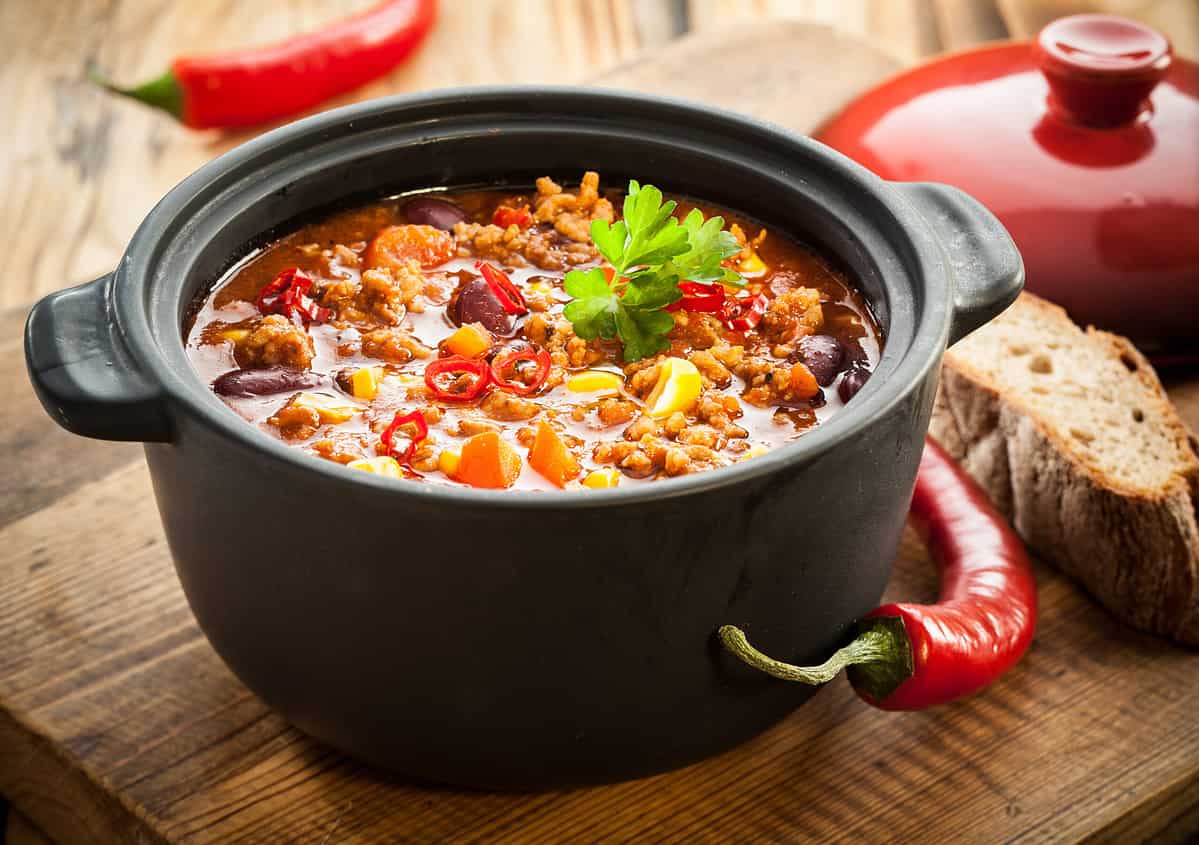
©stockcreations/Shutterstock.com
Chili beans are simply beans (like pinto beans for example) cooked in a chili and meat sauce. You can buy them canned and ready to use at your local grocery store, or make them at home where you have more control over the flavor and texture.
Because you can purchase chili beans ready to use in the canned goods section of your grocery store, they are available at different levels of heat, ranging from mild to hot. They are good over dishes like cornbread, burritos, or hotdogs to complete a meal.
How to Prepare Chili Beans at Home
If you prefer to make your own chili beans at home, you'll need a few simple ingredients and your favorite dried bean.
First, choose which beans you'd like to use. Pinto beans are the most popular, but you can also choose navy or garbanzo beans. It's best to soak your beans anywhere from five hours to overnight.
After you soak your beans, begin cooking vegetables like onions and pepper in oil on your stovetop. Add seasonings like chili pepper, salt, pepper, cumin, and other spices to your liking. Then, add your beans and cover them with water. Let the mixture simmer for one to three hours until the beans have reached your desired consistency and taste.
You can store the chili beans in the refrigerator for up to a week, or frozen for up to 3 months.
What Are Kidney Beans?
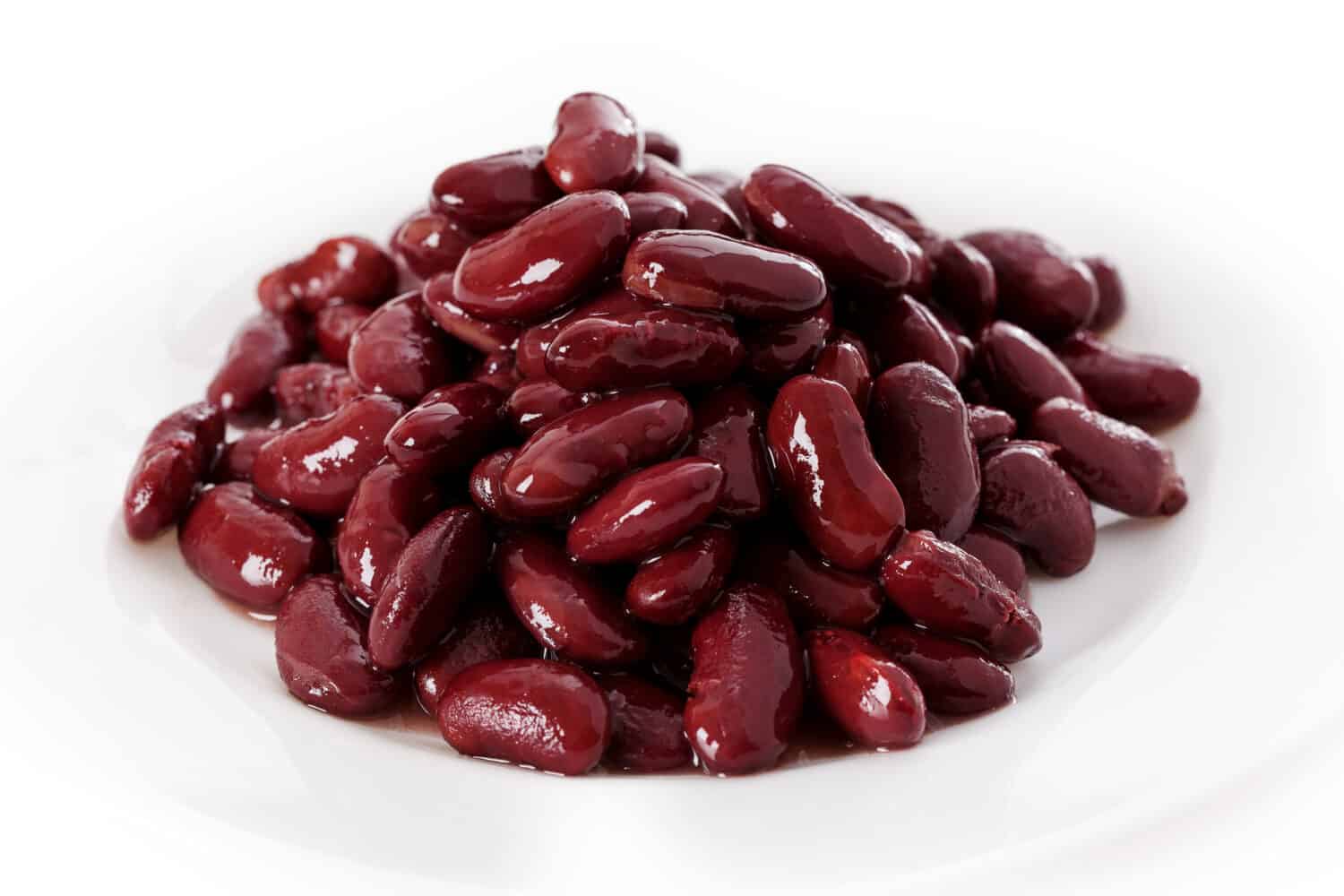
©Ground Picture/Shutterstock.com
Kidney beans originate from Mexico and Central America and get their name from their kidney-like shape. They come in different colors, ranging from ivory to red, and contain high levels of fiber and protein, making them a healthy choice to add to dishes.
These legumes can be purchased either dry or cooked and canned. Keep in mind that it's very important for dry kidney beans to be cooked before using them in any meal as dry, uncooked kidney beans in their natural form are considered toxic.
How to Prepare Kidney Beans at Home
If you have dry kidney beans and intend to use them in your next meal, you'll need to boil them and prepare them properly before use.
It's best to soak your kidney beans overnight, or at least up to 5 hours. Then discard the water used for soaking and give your beans a good rinse with fresh water.
Once you have rinsed your beans, bring them to a boil on your stovetop. Then turn your heat down to allow the beans to simmer anywhere from 45 to 90 minutes. The time they need to simmer will depend on the age of the beans and how long they were soaked before boiling.
When the beans are creamy and tender, you can rinse them for use in your next recipe. Similar to chili beans, you can store kidney beans in the refrigerator for up to a week and in the freezer for up to three months.
Are Chili Beans and Kidney Beans the Same Thing?
As mentioned, these two beans differ in terms of appearance, taste, and texture. Here's an in-depth look at what really sets them apart.
Appearance
Chili beans are usually smaller than kidney beans. Because chili beans can be made from black, red, pinto, or navy beans, they tend to be smaller in shape. Kidney beans, on the other hand, are larger and shaped like a kidney. They are also usually dark red or light in color.
Taste
Chili beans have a slightly sweeter taste and extra flavor that comes from being cooked in a chili sauce. Kidney beans have a stronger, earthier flavor.
Texture
Chili beans have a creamier texture and tend to break down more easily when cooked, making them a good choice for soups and stews. Kidney beans hold their shape better when cooked and are often used in salads or as a side dish.
Nutritional Value
Both chili beans and kidney beans are good sources of protein, fiber, and complex carbohydrates. However, kidney beans are slightly higher in protein and fiber than chili beans and offer numerous health benefits.
Best Substitutes for Chili and Kidney Beans
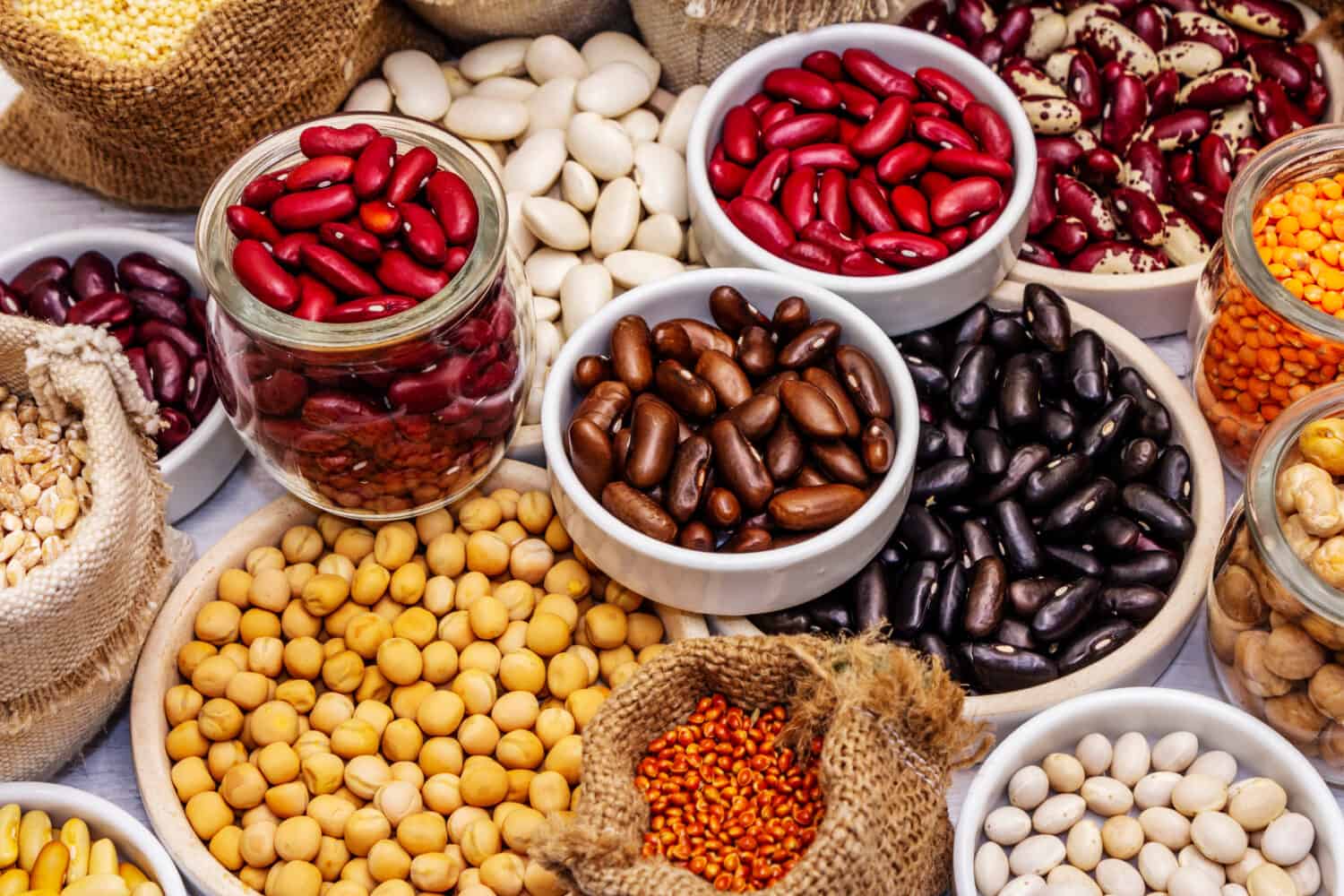
©Chatham172/Shutterstock.com
If you don't have chili or kidney beans on hand or you don't like their taste or texture, there are several other types of beans that you can use as substitutes. Here are a few options to try.
Black Beans
Black beans are a popular substitute for kidney beans in many recipes, as they have similar texture, flavor, and nutritional benefits. These beans are great substitutes for soups, stews, and salads.
Cannellini Beans
Cannellini beans are a type of white bean that has a creamy texture and nutty flavor. These beans can be used in place of kidney beans in many recipes, especially in salads or Italian dishes.
Navy Beans
Navy beans are small, oval-shaped beans that have a mild flavor and creamy texture. They can be used as a substitute for chili beans or kidney beans in soups, stews, and casseroles.
Pinto Beans
Pinto beans are often used in Mexican and Southwestern cuisine. They have a slightly earthy flavor and a similar texture to kidney beans. Oftentimes, these are the beans you will find in canned chili beans.
Garbanzo Beans
Also known as chickpeas, garbanzo beans have a nutty, buttery flavor and firm texture, making them a good substitute for kidney beans in salads, stews, and curries.
Chili Bean Recipes
Kidney Bean Recipes
Print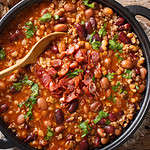
Black Bean and Vegetable Chili
Ingredients
1 pound fresh white mushrooms, cleaned and sliced
6 cups sliced carrots (about 12 medium carrots)
6 cups sliced celery (about 12 stalks)
4 cups chopped onion (about 4 medium)
2 large green bell peppers, cut into 1-inch pieces
12 cups red sauce
8 (15 ounce) cans kidney beans
4 (15 ounce) cans black beans
4 tablespoons chili powder
4 tablespoons hot pepper sauce
4 teaspoons minced garlic
4 teaspoons dried oregano
4 teaspoons black pepper
Supplies:
4 one-gallon freezer bags, labeled
Instructions
1. Into each freezer bag measure one-quarter of the mushrooms, 1 ½ cups carrots, 1 ½ cups carrots, 1 cup onions, one-quarter of the bell peppers, 3 cups red sauce, 2 cans kidney beans, 1 can black beans, 1 tablespoon chili powder, 1 tablespoon hot pepper sauce, 1 teaspoon garlic, 1 teaspoon oregano, and 1 teaspoon black pepper.
2. Seal and freeze.
To Serve:
1. Completely thaw one entrée in the refrigerator.
2. Cook chili in a medium saucepan over medium-low heat for 1 hour, or until liquid cooks off and chili is thick.
Yield: 3 entrees, 4-6 servings each
Notes
Freeze up to: 4 months
- Healthy Beef and Bean Chili
- Cheesy Baked Chili Mac Casserole
- Cornbread and Bean Casserole
- Meatless Sweet Potato Chili
Final Thoughts
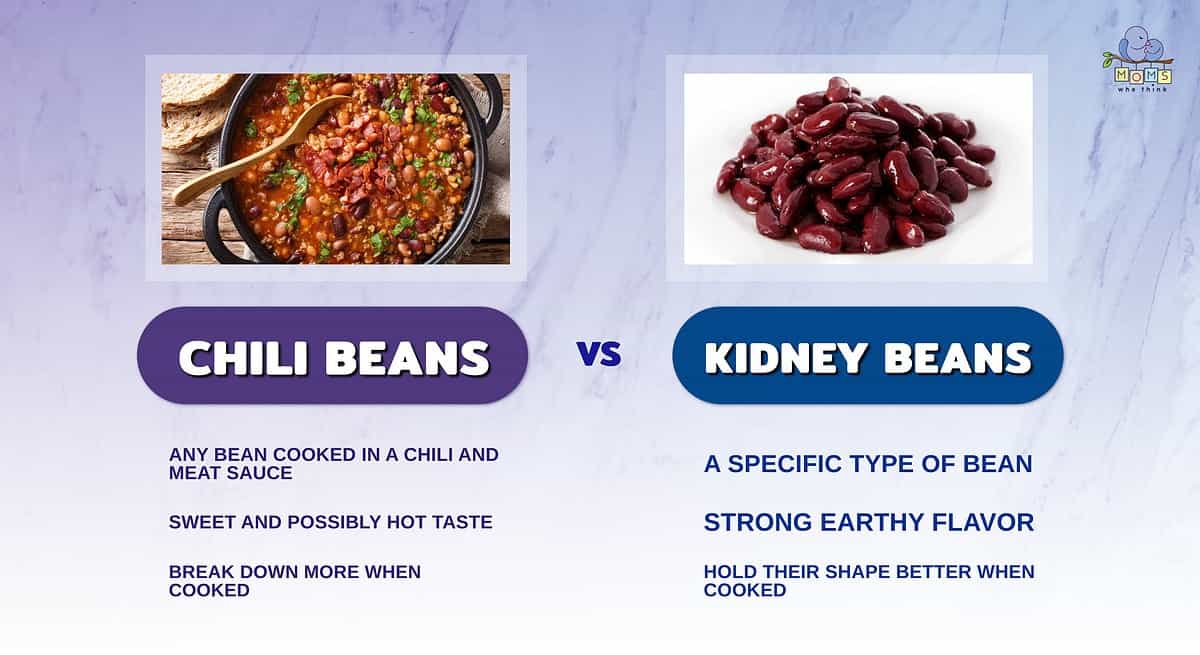
- Chili beans can refer to any bean that has been cooked in a chili and meat sauce. Kidney beans are a specific type of bean; you can use kidney beans to prepare chili if you want!
- Due to the way they're prepared, chili beans tend to have a sweet taste. Sometimes, chili beans can actually be quite spicy, depending on the ingredients used. Kidney beans, meanwhile, have an earthy flavor.
- Chili beans break down more when cooked, while kidney beans are better at holding their shape. This makes kidney beans a popular choice for recipes that need beans with a defined, solid form.
While chili beans and kidney beans may seem similar, they each have their own unique characteristics that make them suitable for different types of dishes. Chili beans are a flavorful, medium-sized bean that hold their shape well and are often used in Tex-Mex and Southwestern cuisine. Kidney beans are larger and have a softer texture, making them a versatile bean that can be used in a wide range of dishes, from chili to salads.
Whether you're cooking up a pot of chili or crafting a gourmet salad, beans are a versatile and nutritious ingredient. By understanding these differences, you can choose the perfect bean for your next recipe and take your culinary creations to a new level.
